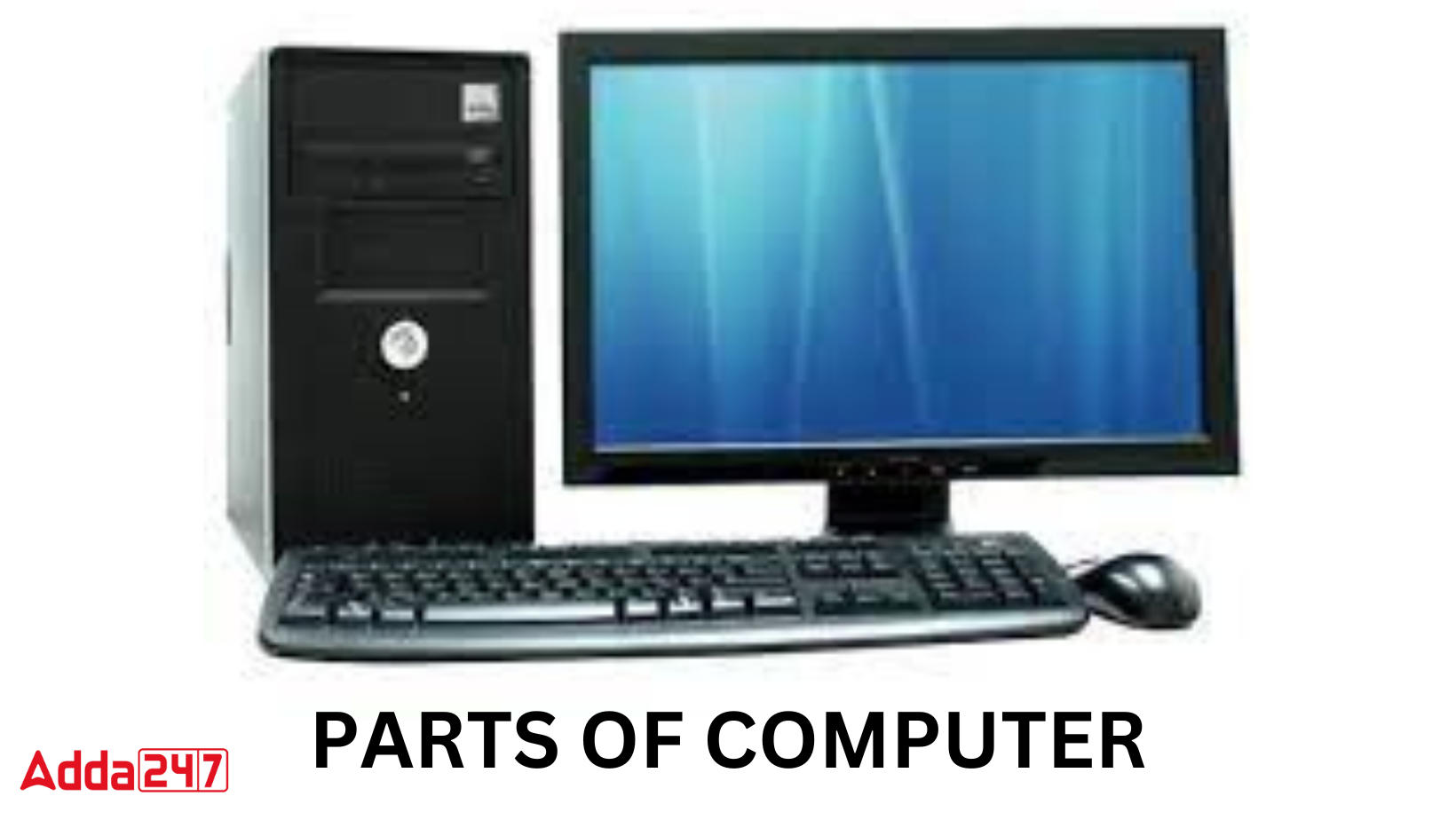In the digital age, the significance of computer backgrounds has transcended mere aesthetics, emerging as a captivating medium that encapsulates vast realms of creativity and expression. The act of selecting a full-screen background for a computer interface is not just about visual appeal; it serves as a reflection of one’s personality, interests, and even the subtle philosophies underpinning their approach to digital engagement. This essay will delve into the multifaceted nature of computer backgrounds, unraveling their potential to transform not only the viewing experience but also the psychological landscape of the user.
To embark on this exploration, one must first understand the mechanics behind the choice of backgrounds. The full-screen background, often referred to as wallpaper, can evoke emotions, stimulate the mind, or inspire productivity. A serene nature scene, for instance, can instill a sense of calm, while abstract geometric designs may provoke curiosity and creativity. This interplay between image and emotion embodies the intrinsic power of visuals within our digital environments.
In selecting a background, individuals often find themselves navigating an expansive array of options. From historical landscapes that transport viewers to eras long past, to vivid fractals that engage the senses, the choice of wallpaper can be profoundly personal. Furthermore, this decision-making process often mirrors broader societal trends. For example, currently, there is a noticeable inclination towards minimalism and abstract art, reflecting a collective yearning for simplicity and subtlety amidst the chaos of modern life. Such selections can prompt critical self-reflection, inviting users to ponder the underlying motivations behind their preferences.
Additionally, the customization of backgrounds serves as a profound form of self-expression. It is akin to the adornment of one’s physical space; just as individuals curate their living environments, so too do they manipulate their virtual landscapes. This act of personalization invites a deeper exploration into one’s identity and the nuances of digital personas. For many, a meticulously chosen wallpaper may serve as a badge of individuality or a conversation starter, encouraging connection in an often isolated digital world.
The influence of backgrounds extends beyond mere representation; they can profoundly impact productivity and focus. Research indicates that environments imbued with visual stimulus can enhance cognitive function and creativity. A vibrant, inspiring background may elevate mood, bolstering one’s capacity to engage with tasks. Conversely, overly busy or distracting wallpapers can hinder concentration, sparking a reevaluation of how visual stimuli might serve as both hindrances and aids in the pursuit of productivity. This duality unveils the intricate relationship between our digital environments and our cognitive processes.
Furthermore, the phenomenon of dynamic or animated backgrounds introduces an additional layer of engagement. These backgrounds evolve and respond to user interactions, providing a sense of liveliness that static images cannot achieve. The allure of motion can heighten interest, fostering a more interactive experience. Yet, this innovation arrives with its own set of implications. Does the presence of movement enhance immersion, or can it contribute to distraction? Understanding the psychological effects of animated backgrounds presents an intriguing puzzle, one that invites further inquiry into the intersection of art and cognitive science.
Technology has also paved the way for deeper engagement with backgrounds through innovations such as virtual reality (VR) and augmented reality (AR). These cutting-edge platforms facilitate immersive environments, allowing users to exist within fantastical realms that defy the limitations of traditional screens. Imagine working in a virtual office situated atop a breathtaking cliff, surrounded by virtual flora and fauna. Such experiences can fundamentally alter one’s relationship with their workspace, cultivating an atmosphere ripe for creativity and innovation.
Recent trends indicate a growing acknowledgement of the importance of sustainable practices within the realm of digital design. The integration of eco-friendly themes in backgrounds, such as lush landscapes or imagery highlighting endangered ecosystems, urges viewers to reflect on their environmental impact. This trend signifies a shift towards conscious consumption, prompting users to consider how their visual choices resonate with broader environmental narratives.
In conclusion, the selection of computer backgrounds, particularly full-screen formats, serves as a profound vehicle for self-expression, emotional engagement, and productivity enhancement. This topic encourages a shift in perspective regarding the seemingly mundane task of choosing wallpaper. As one navigates vast options, they are offered a unique opportunity to connect with themselves and the world around them. The choice of a simple image can catalyze meaningful dialogues about identity, creativity, and even sustainability in the realm of technology. So, the next time one peruses the extensive collection of backgrounds available, consider this: What does your choice say about you and your journey through the digital landscape? By acknowledging the deeper implications of our backgrounds, we not only enhance our own experiences but contribute to the ongoing conversation around identity and visual expression in the digital age.
